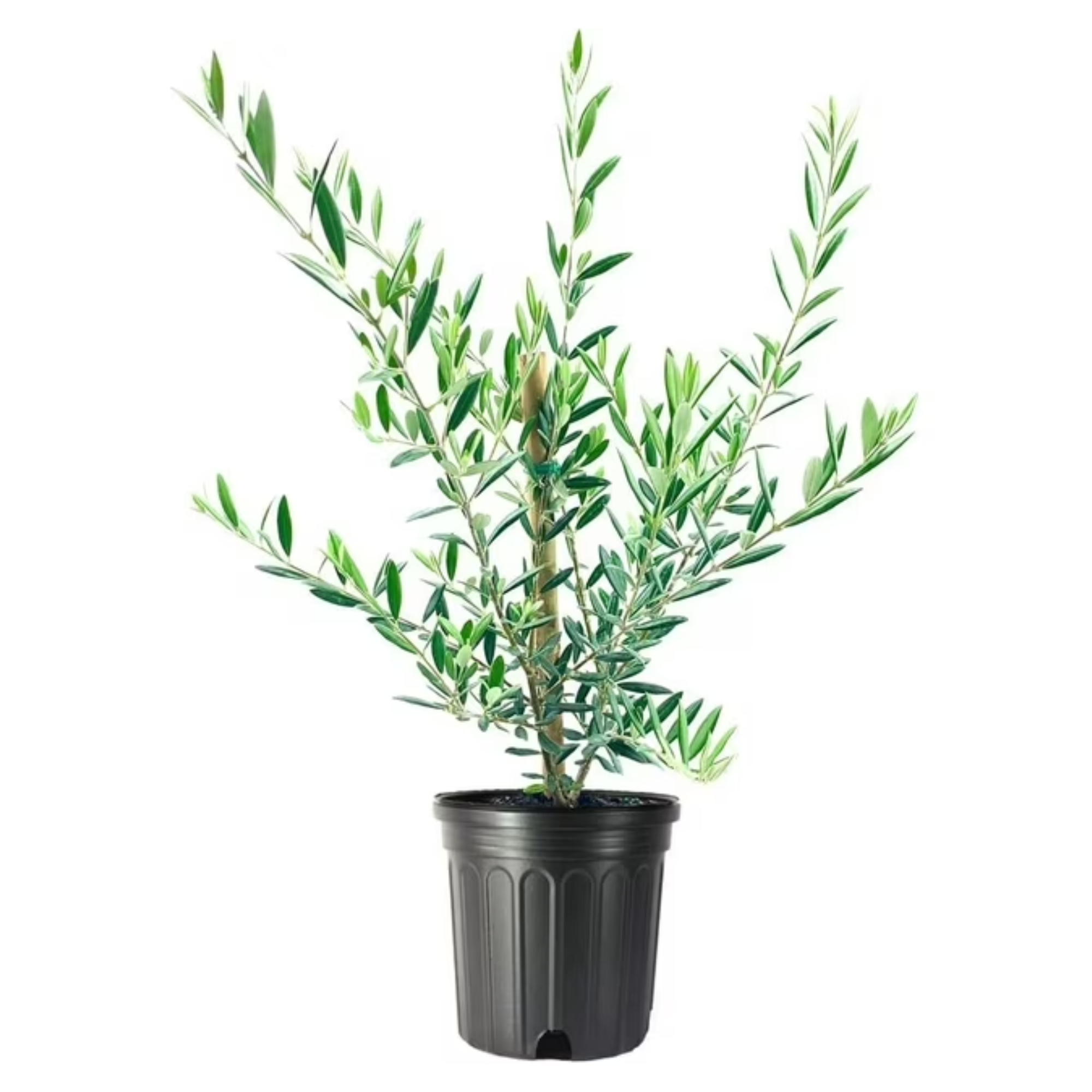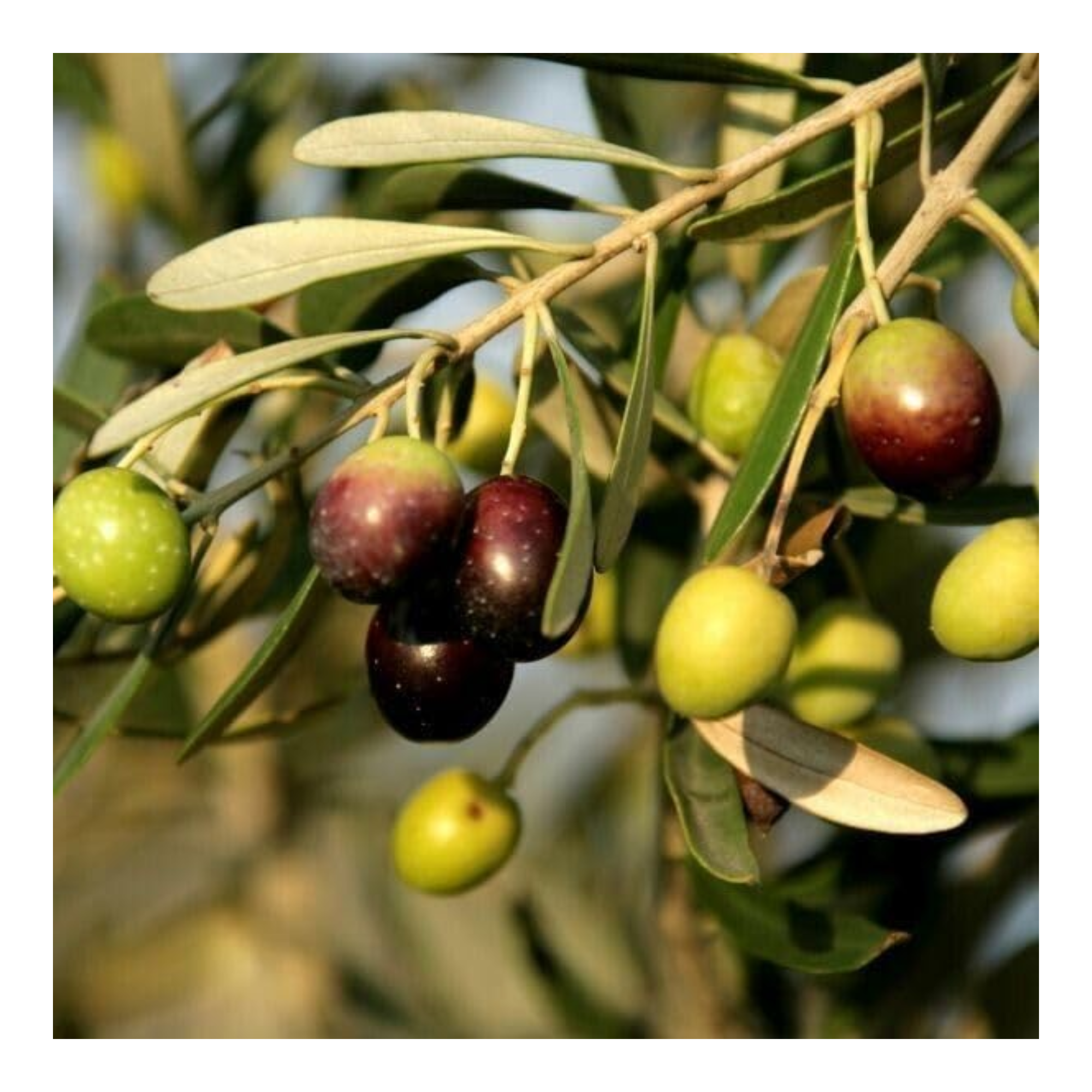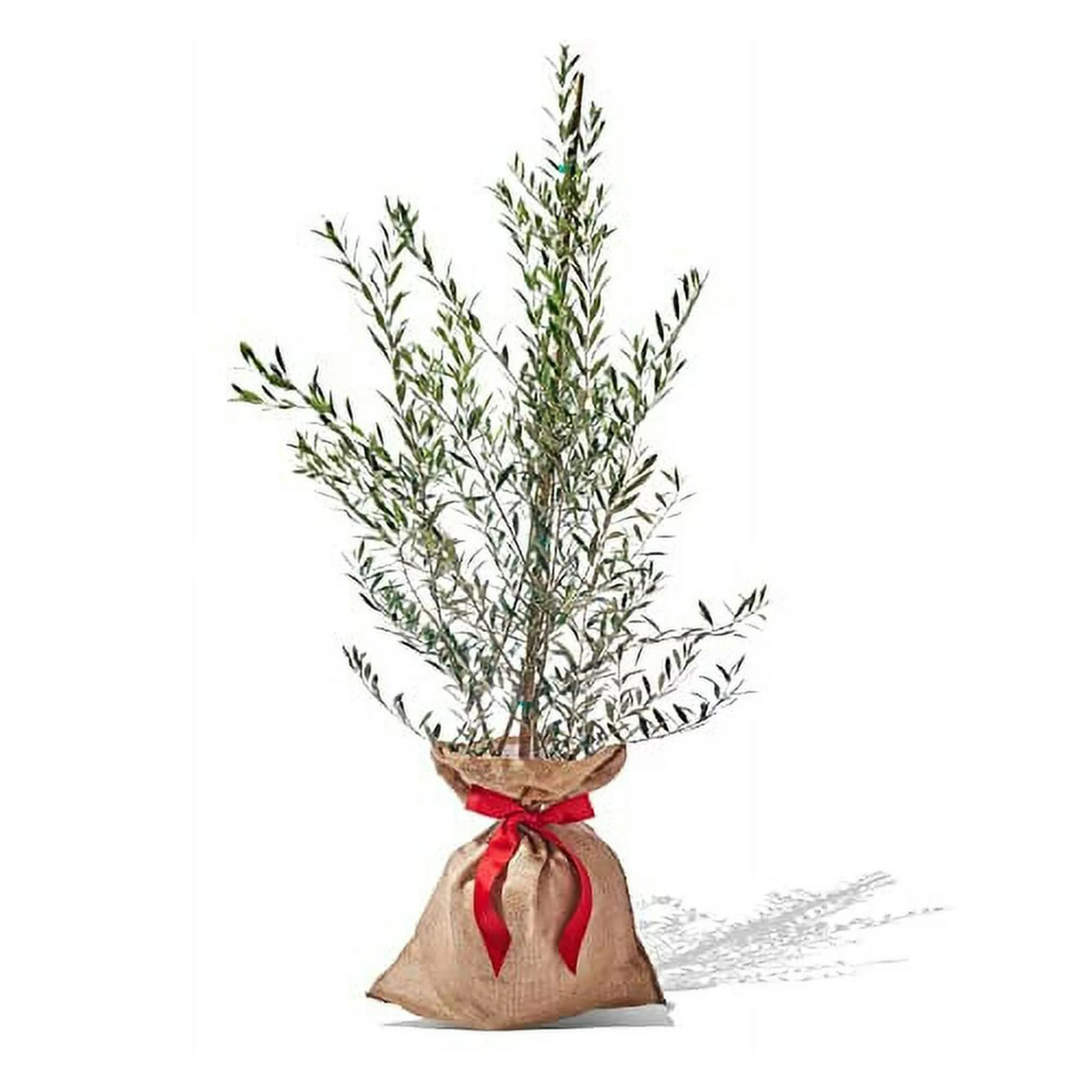5 Types of Olive Trees You Should Plant in Your Backyard for a Mediterranean Oasis
Bring home one of these exotic tree for a picturesque and tranquil outdoor garden feel
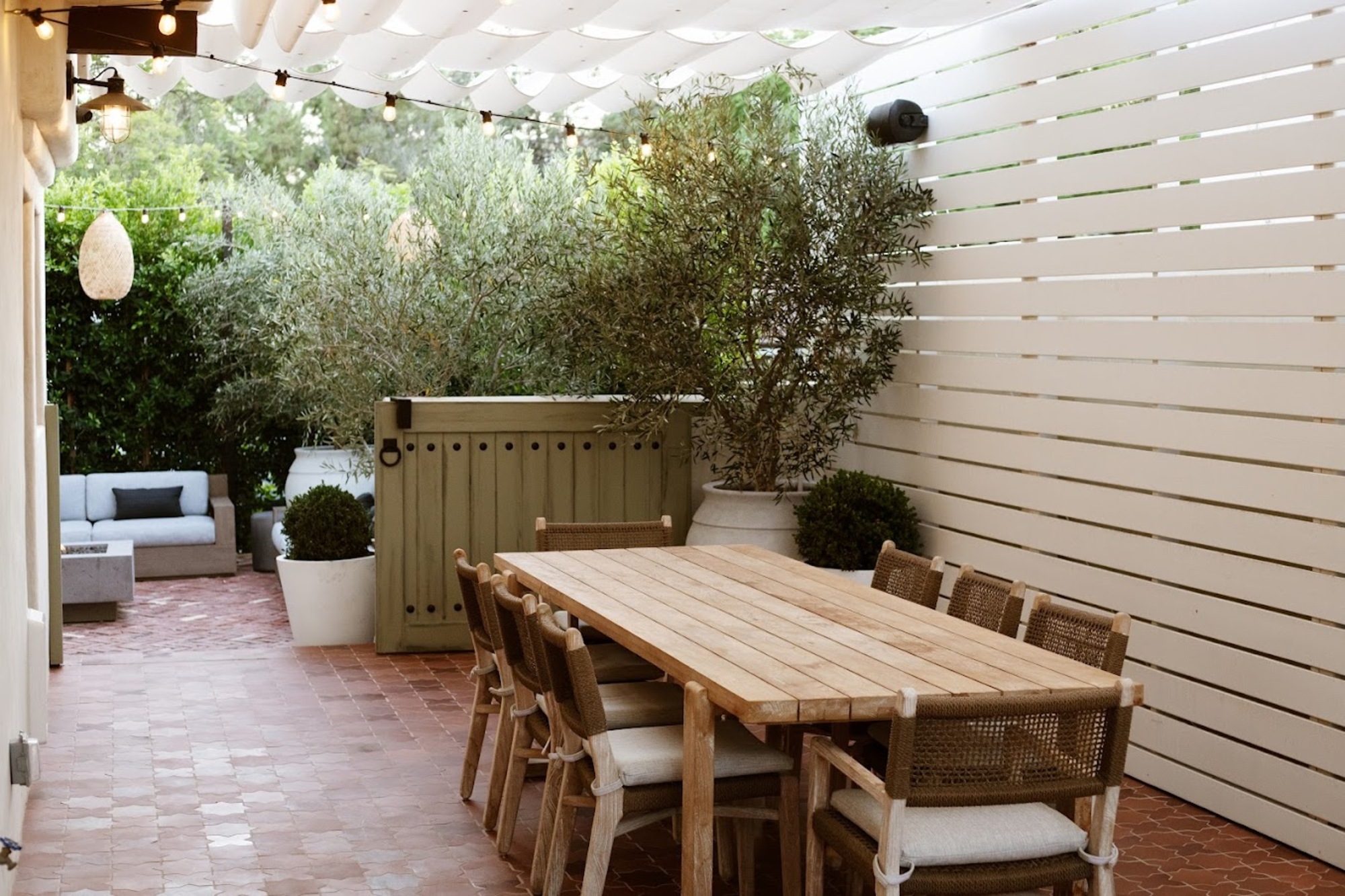

Olive trees are commonly known to be one of the most beloved indoor trees. And while they look beautiful in the corner of a living room, we find them to be just as stunning when they're standing tall in a lush garden.
And from all of the thematic garden trends that have cropped up this year, we have to say that Mediterranean garden ideas are among our favorites. And what is a Mediterranean garden without a chic olive tree?
Now picking an olive tree can get a bit tricky since there are plenty of varieties within the Olea family. So we spoke to our experts and they've given us the top olive trees for you to bring into your garden. Soon you'll have a yard with Grecian greenery that'll put you in a total holiday mood from the comfort of your backyard.
Which Olive Tree Should I Plant in my Backyard?
Olive tree care is essential to see these shrubs flourish and grow — and once they do, these beauties will certainly leave an impression.
With over thousands of olive varieties from all over the world, we spoke to the experts to highlight some of their favorite olive trees.
Here are 5 types of olive trees you need in your backyard, chosen by gardening experts.
1. Arbequina
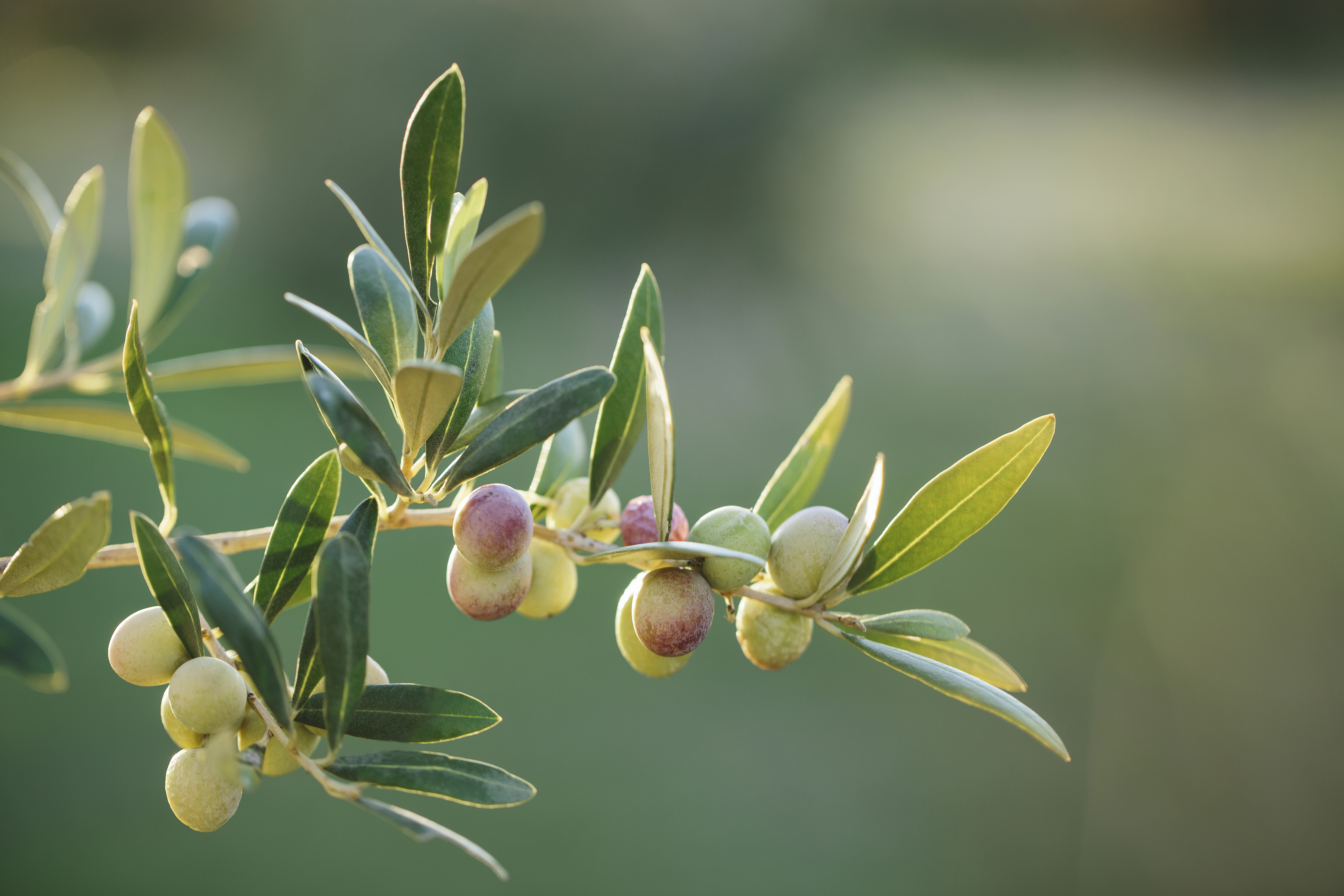
According to Carrie Spoonemore, co-creator of Park Seed’s 'From Seed to Spoon' app, olive arbequina trees capture the beauty and flavor of the Mediterranean and are perfect for large containers or sunny gardens. "This self-pollinating tree offers fragrant spring blooms and delicious fruit," she notes. "And in spring, small, fragrant cream-colored flowers appear among grayish-green leaves, followed by an abundance of 1- to 1½-inch olives in summer, ripening from green to glossy purple-black."
Besides being a self-seeding plant, Carrie tells us that arbequina is frost-hardy to 22°F and thrives in hot, dry summers. "It's also suitable for northern climates when grown in containers and brought indoors before frost," she says. " And I find that annual pruning and maintaining soil nitrogen are essential for fruit production."
Carrie adds that these trees start bearing fruit 2 to 3 years after planting, and develop a beautiful texture over time. "They are known for being highly productive and can begin bearing fruit within a few years of planting," she says. "Plus, this variety has good resistance to common olive diseases."
Hardiness zones: 8 - 10
2. Mission

Another popular member of the Olea family is the mission olive tree. Carrie tells us that the mission olive tree is an evergreen fruit tree that adds a modern touch to any landscape or edible garden. "It features a sleek trunk that matures into a stunning masterpiece," she says. "With a rounded canopy of gray-green leaves and silvery undersides."
Carrie tells us that in summer, delightful white flowers attract pollinators, and by autumn, green fruits mature into rich purplish-black olives. "These are known for their buttery flavor, ideal for table olives or oil production," she points out. As one of the best privacy trees to grow in pots, Carrie explains that this versatile variety can serve as an attractive accent.
"The mission variety is exceptionally cold hardy (to 20°F), thrives in hot, dry summers and mild, wet winters," she explains. "And it's drought-tolerant once established." Besides being a beautiful backyard tree, this variety also bears fruit that is suitable for both table olives and olive oil.
Hardiness zones: 8 - 11
3. Frantoio
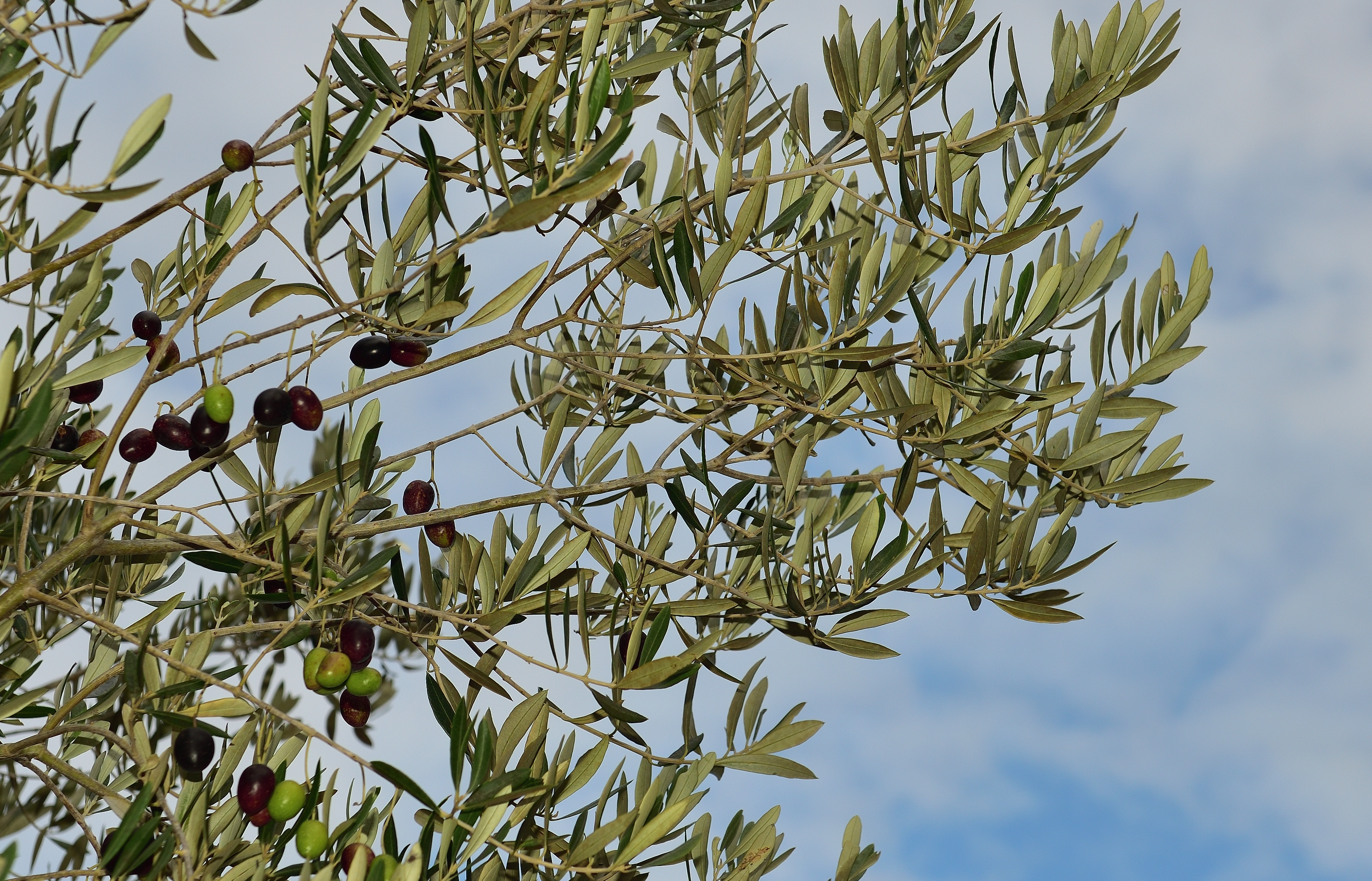
In conversation with certified arborist Ben McInerney, he tells us that frantoio olive trees originated in Italy and are known to be self-fertile trees. "Frantoio is the olive tree equivalent of a camel," says Ben. "It thrives in dry conditions." Besides being a sturdy summer tree, Ben adds that the Frantoio olive tree is not only valued for its fruit but also for its ornamental appeal. "Thanks to its distinctive silvery-green leaves that add a touch of Mediterranean charm to any landscape," he says.
Ben explains that this variety develops a deep, extensive root system, making it an excellent choice for erosion control in sloped gardens. Additionally, he explains that frantoio olives produce high-quality oil with low acidity and high polyphenol content. So frantoio olives are not only prized for their flavor but also for their health benefits.
These gorgeous trees are medium growers that sprout to around 20 - 30 feet and are incredibly self-fertile. So if you're on the lookout for the best low-maintenance trees for front yards, the frantoio variety is the ideal choice.
Hardiness zones: 7 - 10
4. Picual
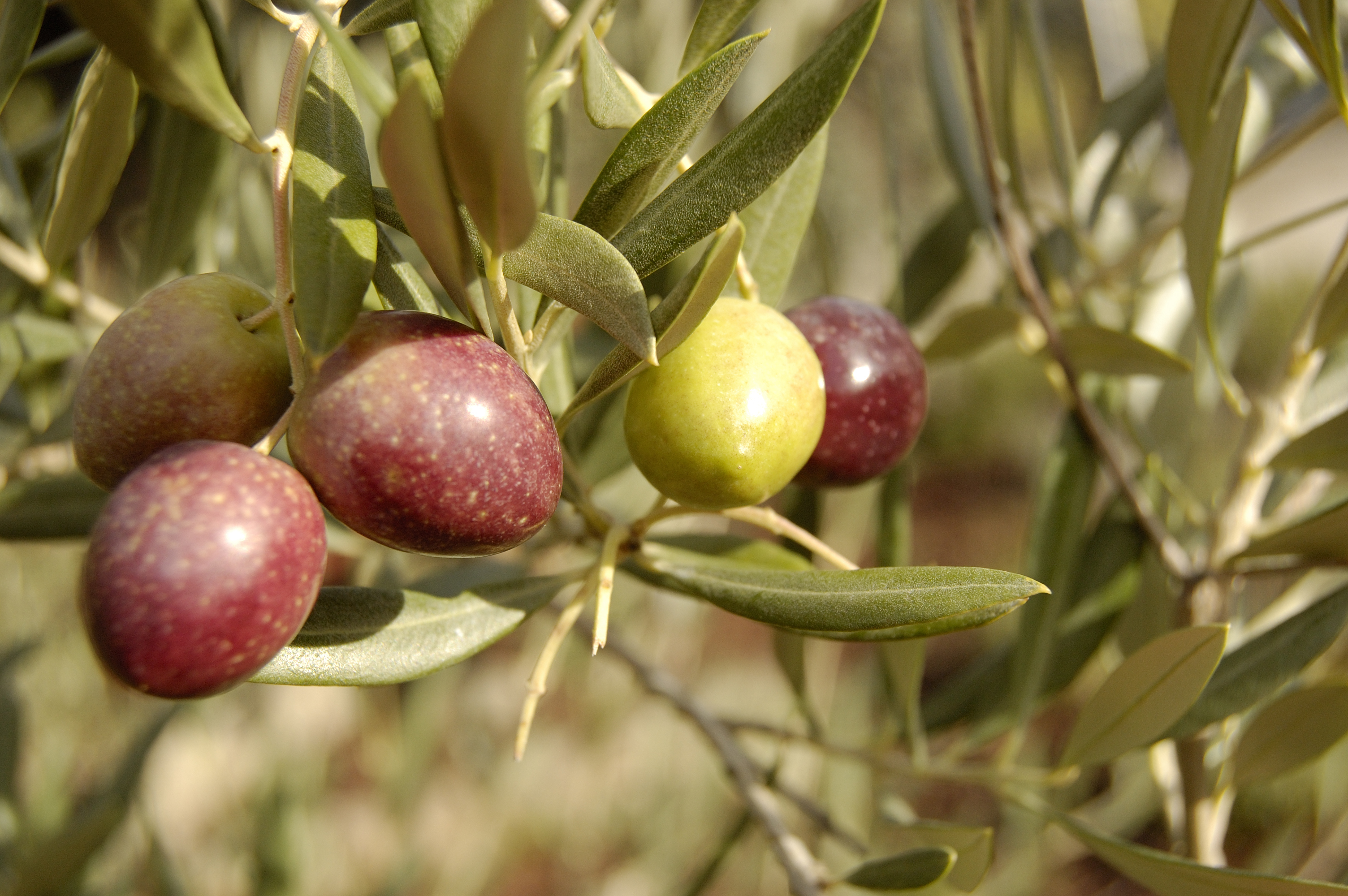
While olive trees are generally known to be the best indoor trees, this specific member of the olea family is an outdoor tree through and through. Ben affectionately calls the picual olive trees sun-worshippers, explaining that these olive trees are heat-loving crops that enjoy their time under the rays. "They're the sunbathers of the olive world," he says. "And they flourish in intense heat that would wilt other trees."
He even recalls witnessing a picual tree not just surviving but thriving in 110°F summers in Arizona. And if you live in a particularly sunny region and love to cook, well then you can't go wrong with picual. As Ben points out its olives produce a robust, slightly bitter oil that's a chef's favorite. "Moreover, picual is renowned for its exceptional productivity," he notes. "Often yielding up to 30% more oil than other varieties, making it a favorite among both commercial growers and ambitious home gardeners."
Ben informs us that this variety showcases impressive resilience, demonstrating high resistance to the olive fruit fly, a common pest that plagues many olive orchards. Most impressively, he tells us that picual trees are known for their longevity. "These trees often remain productive for hundreds of years," he says. "Offering the potential to create a lasting legacy in your garden."
Hardiness zones: 8 - 11
5. Koroneiki
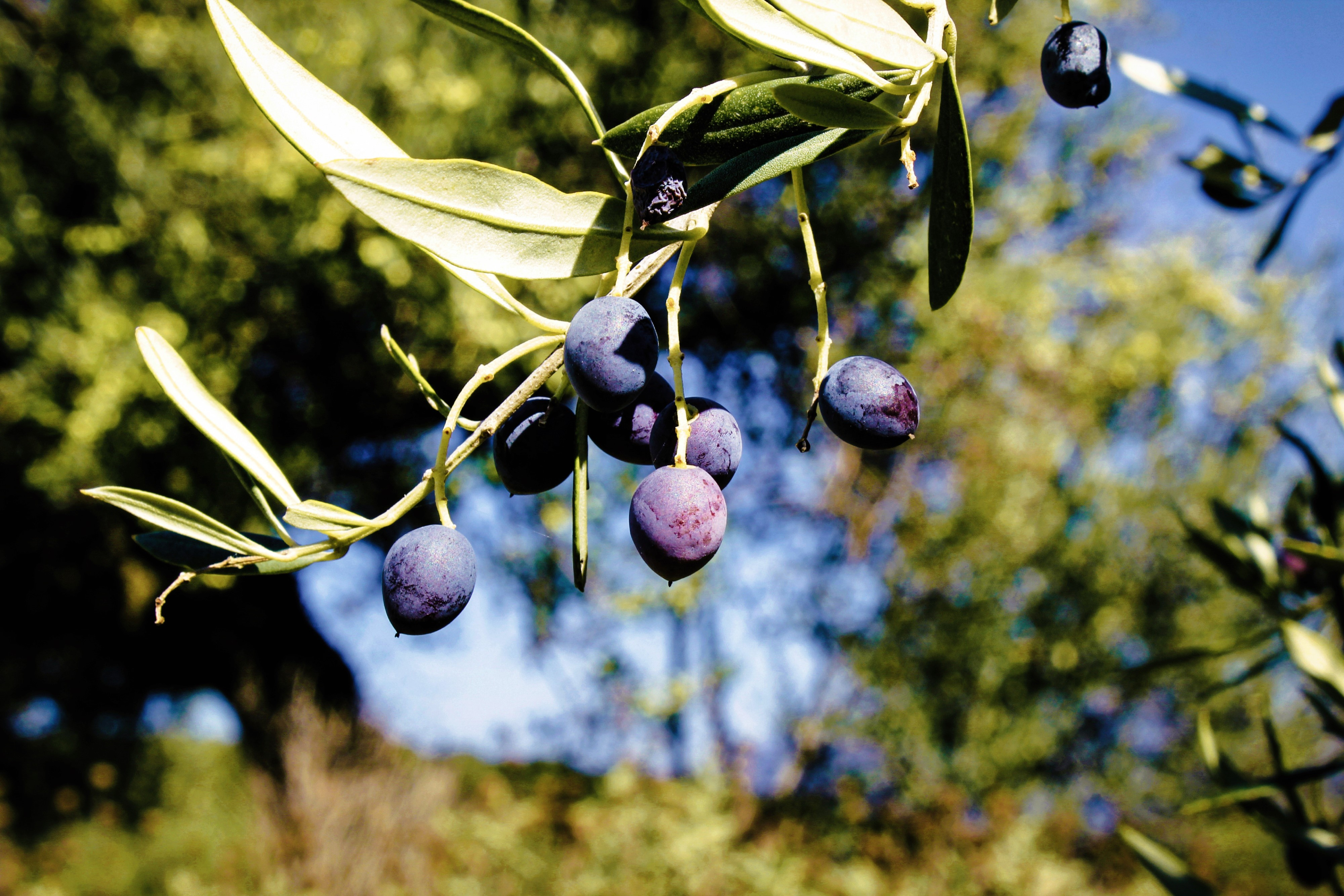
For anyone looking to bring a slice of Greece back home, these koroneiki olive trees are as Grecian as it gets. They grow up to around 15 - 20 feet, making them one of the best trees for small gardens and they flourish in humid areas.
"The koroneiki olive tree, despite producing some of the smallest olives at less than 1/2 inch in diameter, is known for its consistently high yields," says Ben. "Therefore making it a productive choice for space-conscious gardeners."
Don't be fooled by the olive size though, since Ben tells us that these tiny fruits pack a punch. In fact, they're known for producing oil renowned for its strong, spicy flavor and high levels of beneficial antioxidants. Ben also points out that koroneiki trees exhibit excellent drought tolerance once established. "This combination of productivity, flavor, and resilience makes Koroneiki an excellent choice for gardeners looking to explore olive oil production on a small scale," he says. So if you're looking for a true farm-to-table experience by tapping into your inner Nara Smith and making your own olive oil, look no further than the koroneiki variety.
Hardiness zones: 8 - 11
FAQs
Are olive trees better in pots or in the ground?
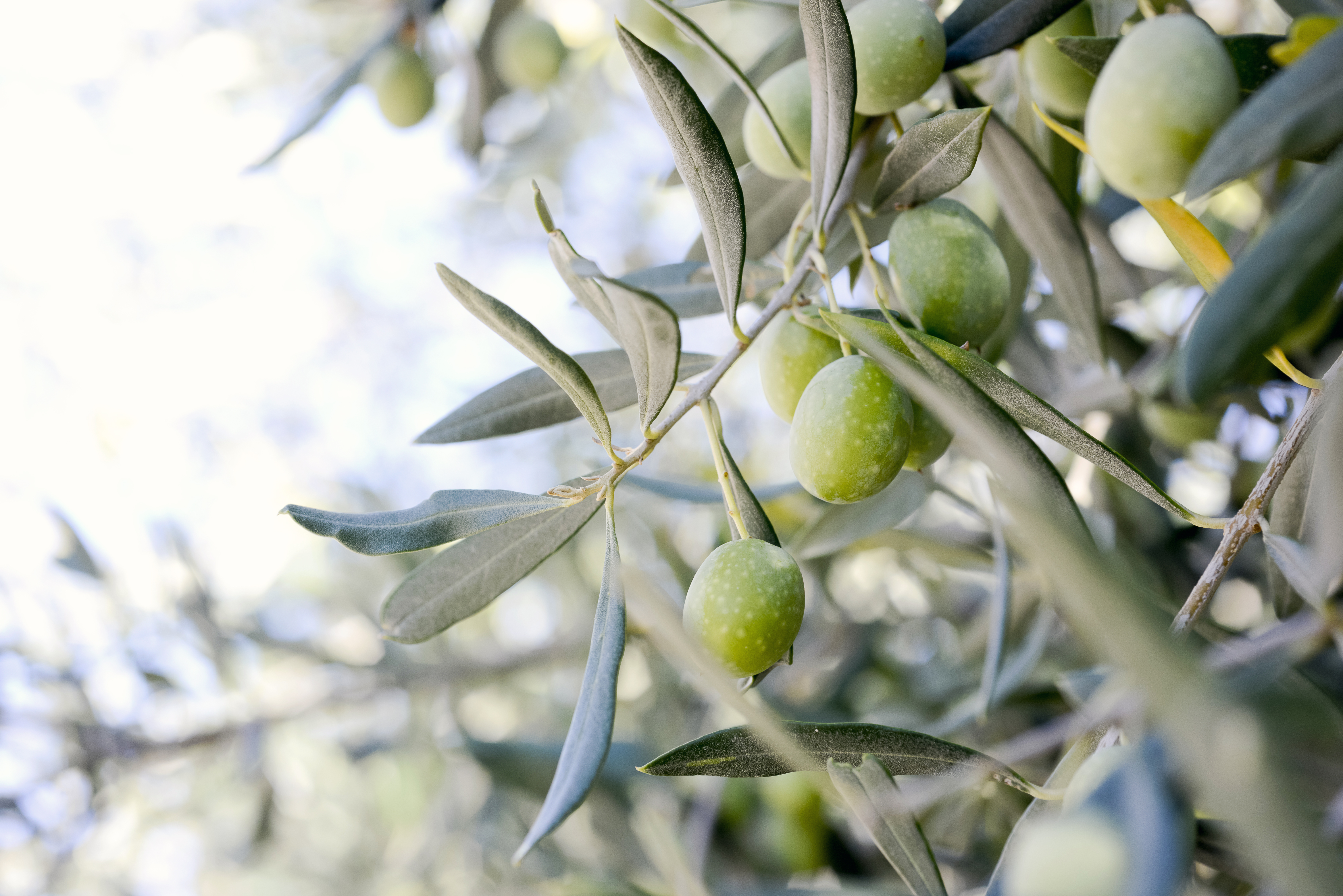
Olive trees grow well directly in the soil but tend to do better in large containers. This is mainly because their requirements vary as the seasons pass and potting them allows you to shift them to their optimal seasonal spots.
How to keep your olive tree happy
Olive trees are fairly low-maintenance. So all they really need is their daily dose of light and frequent watering. Once established, they don't require as much watering but tend to look healthier with a good watering every now and then.
Be The First To Know
The Livingetc newsletters are your inside source for what’s shaping interiors now - and what’s next. Discover trend forecasts, smart style ideas, and curated shopping inspiration that brings design to life. Subscribe today and stay ahead of the curve.

Amiya is a Home Wellness Writer at Livingetc. She recently graduated with a Masters Degree in Magazine Journalism from City, University of London, and has lent her words to beauty, fashion, and health sections of lifestyle publications including Harper’s Bazaar and Women’s Health. Her experience as a research analyst has equipped her with an eye for emerging trends. When she’s off the clock, she can be found reading, listening to music, or overanalyzing her latest Co-Star update.
-
 My 10 Favorite Designs at Milan Design Week 2025 — Out of the Hundreds of Pieces I Saw
My 10 Favorite Designs at Milan Design Week 2025 — Out of the Hundreds of Pieces I SawThere is a new elegance, color, and shape being shown in Milan this week, and these are the pieces that caught my eye
By Pip Rich
-
 Iridescence Is Chrome’s More Playful, Hard-to-Define Cousin — And You're About to See It Everywhere
Iridescence Is Chrome’s More Playful, Hard-to-Define Cousin — And You're About to See It EverywhereThis kinetic finish signals a broader shift toward surfaces that move, shimmer, and surprise. Here's where to find it now
By Julia Demer
